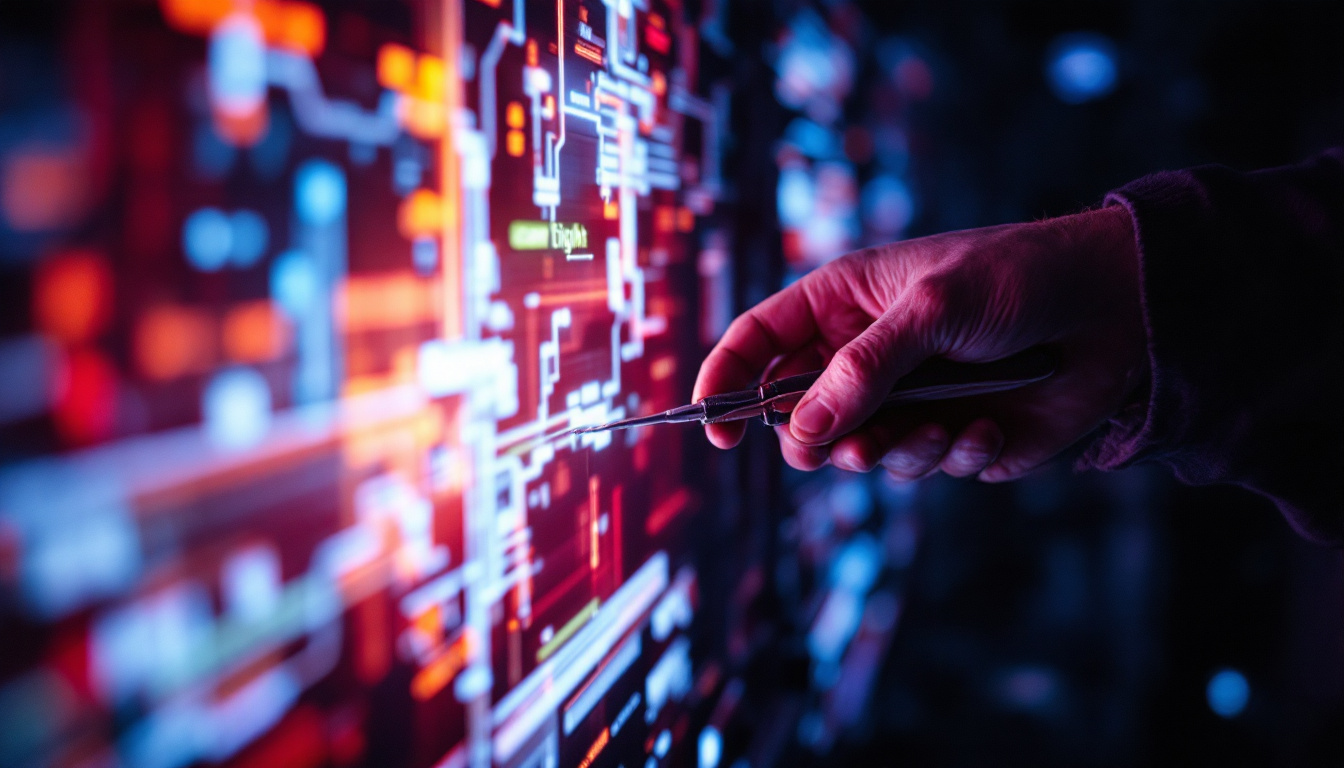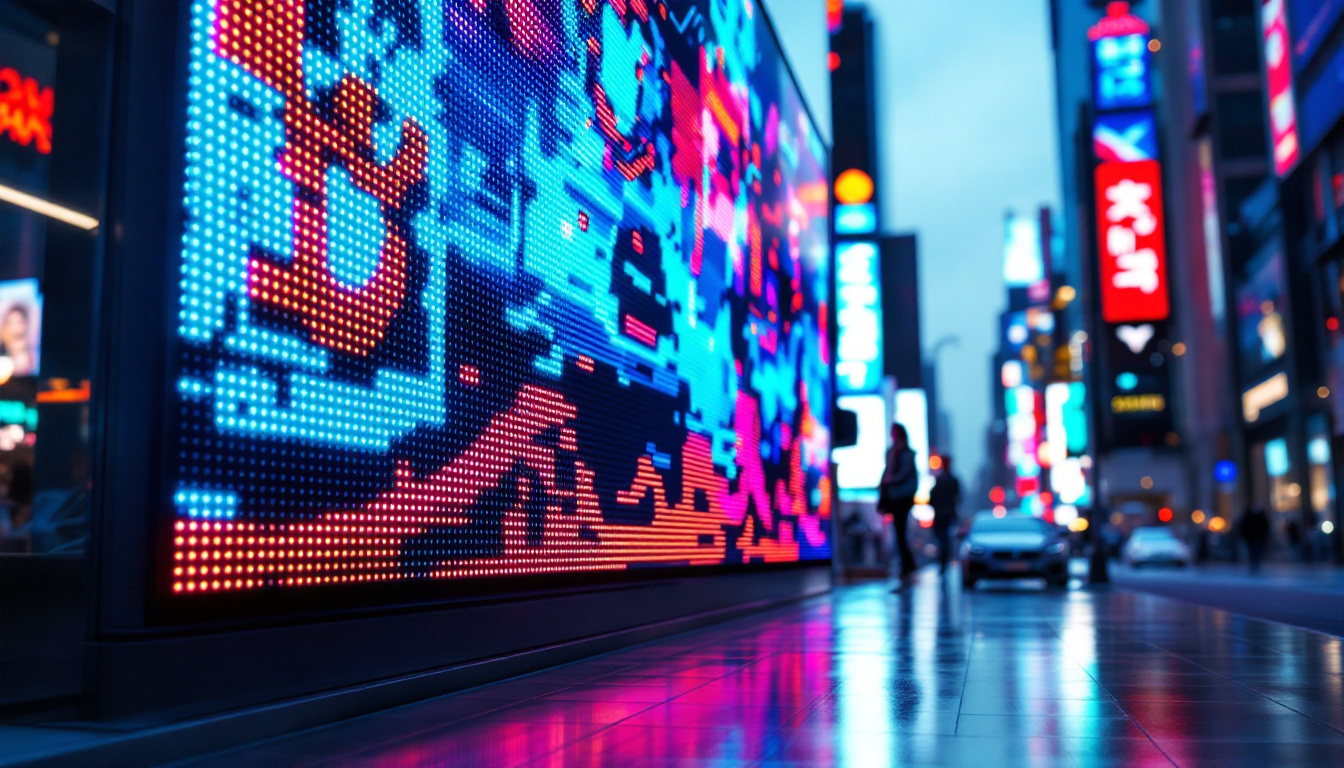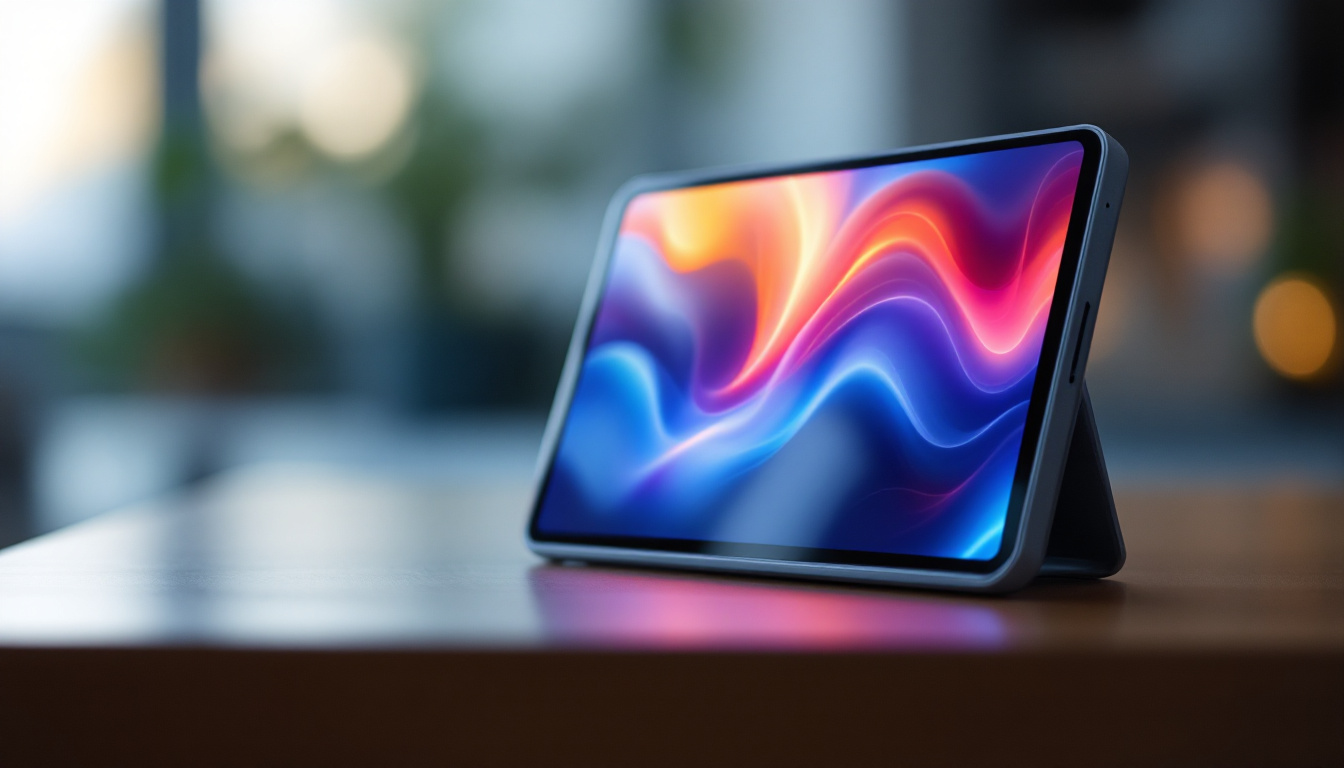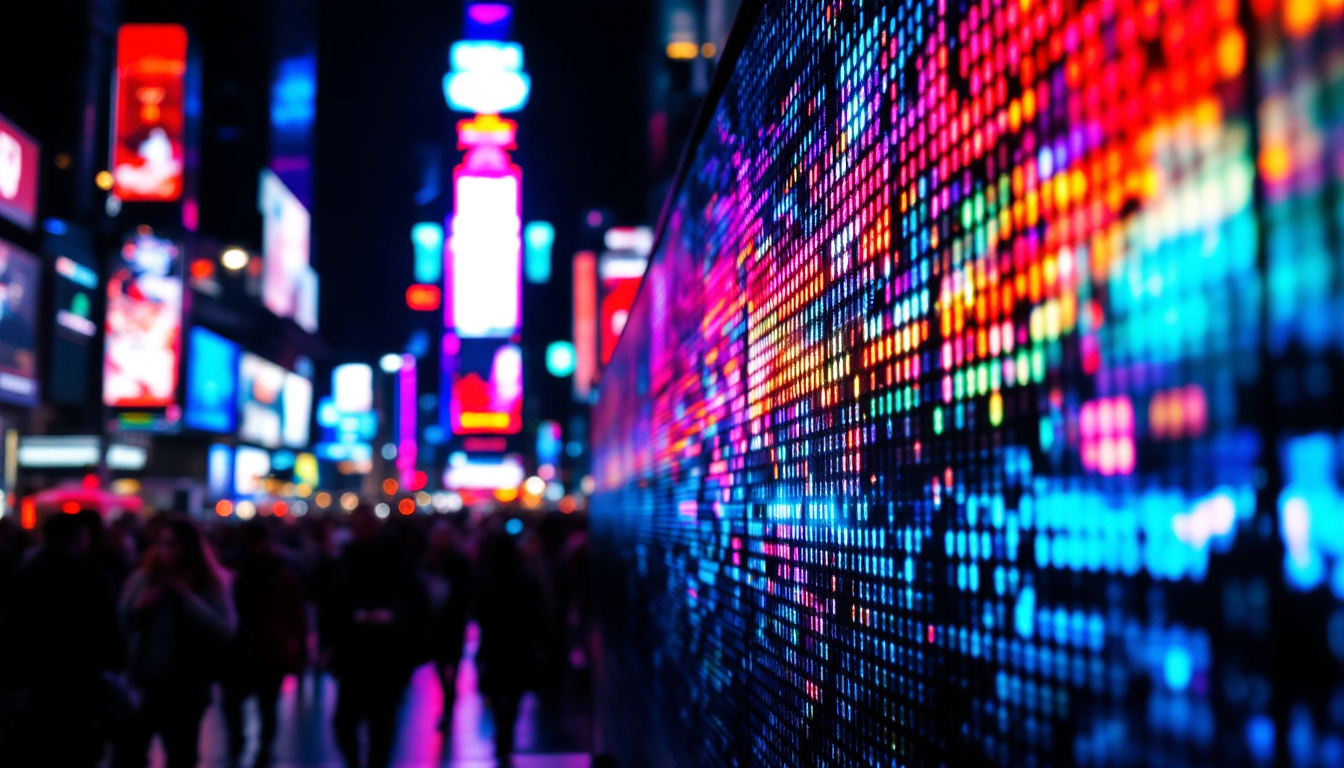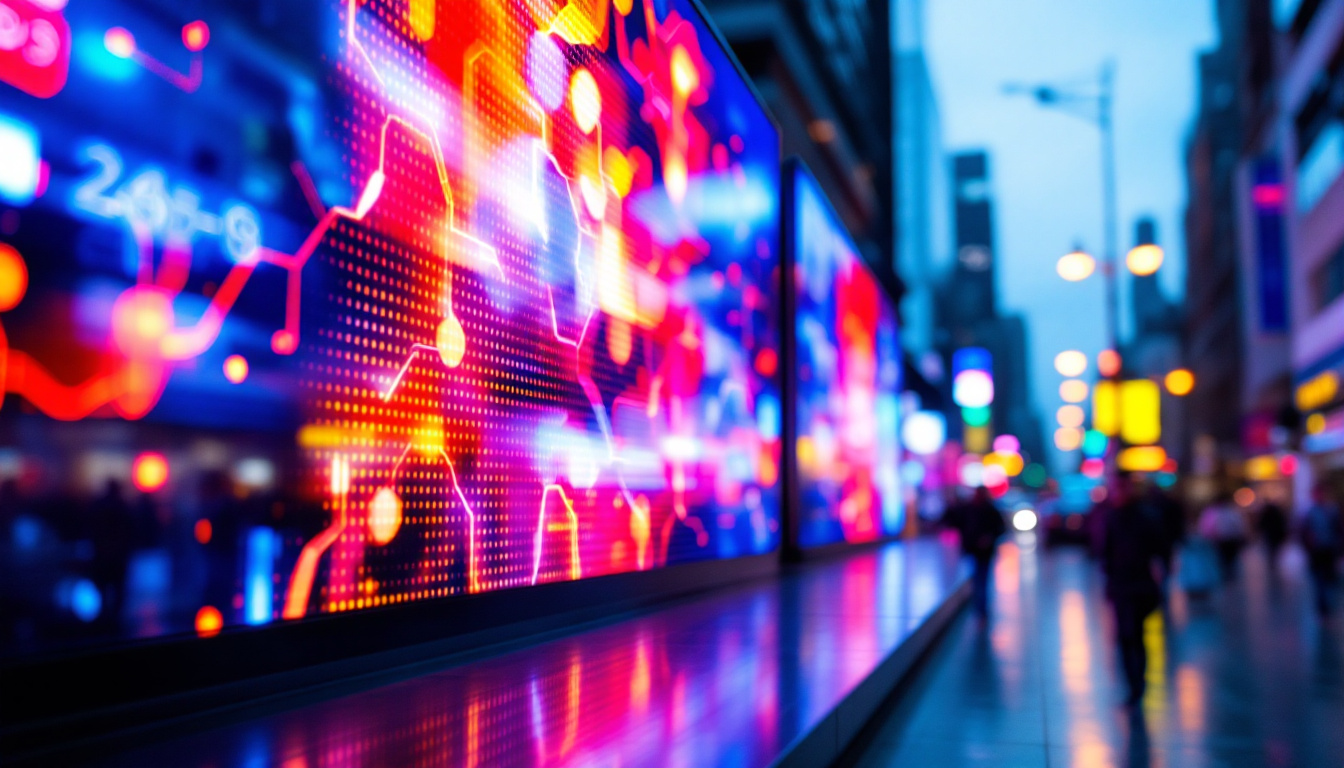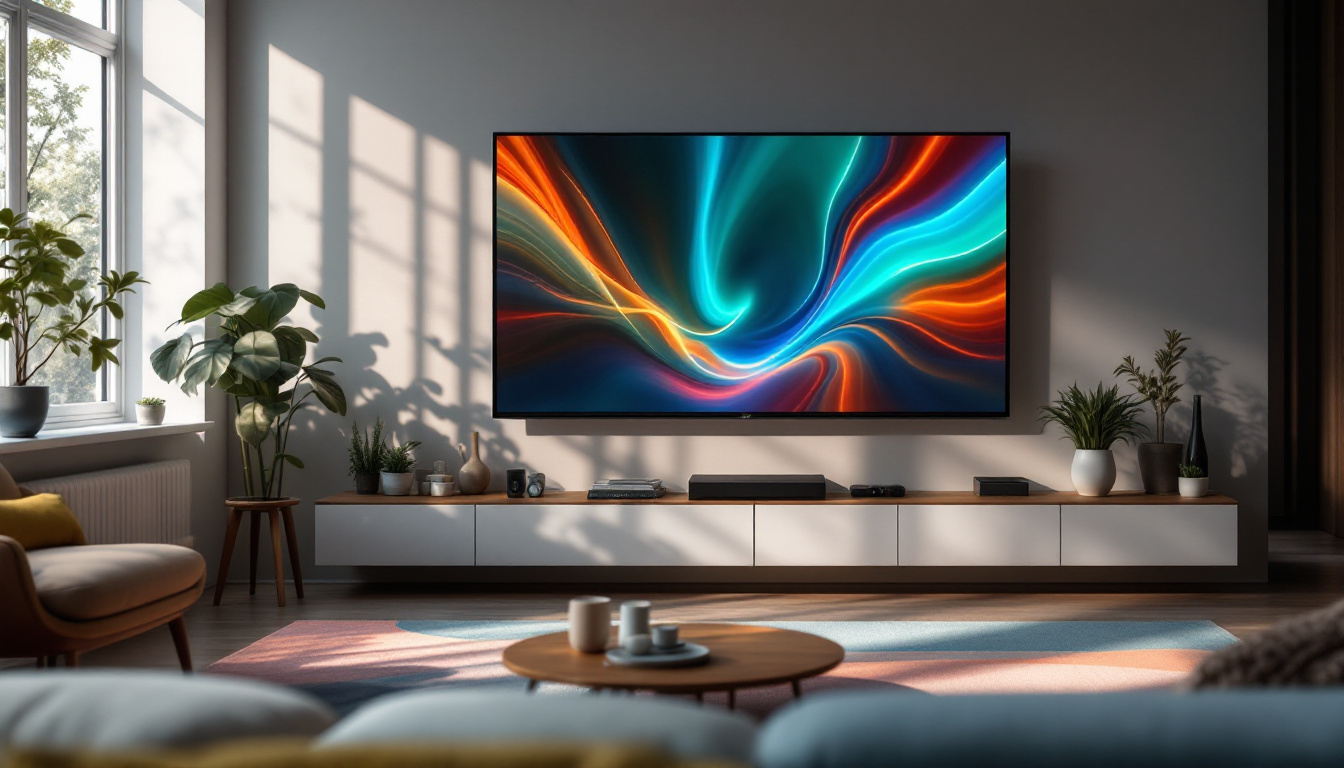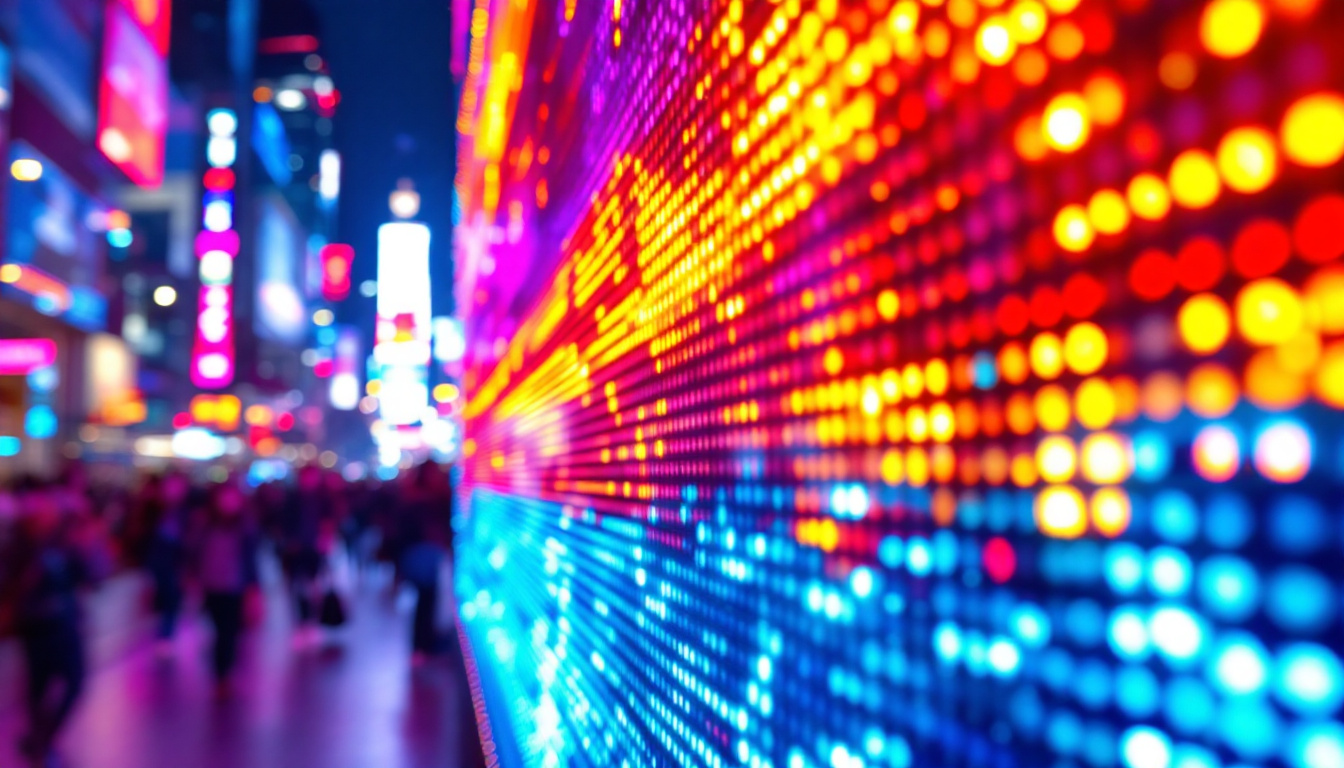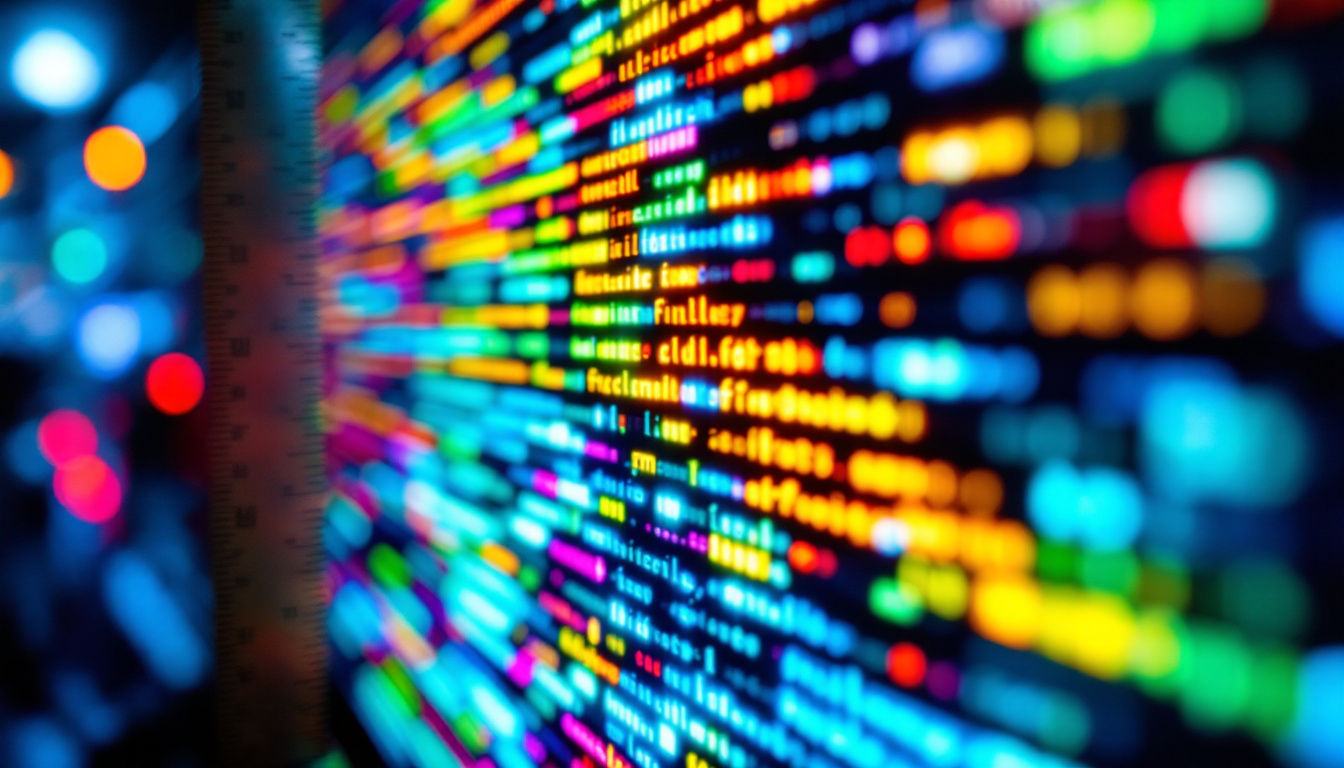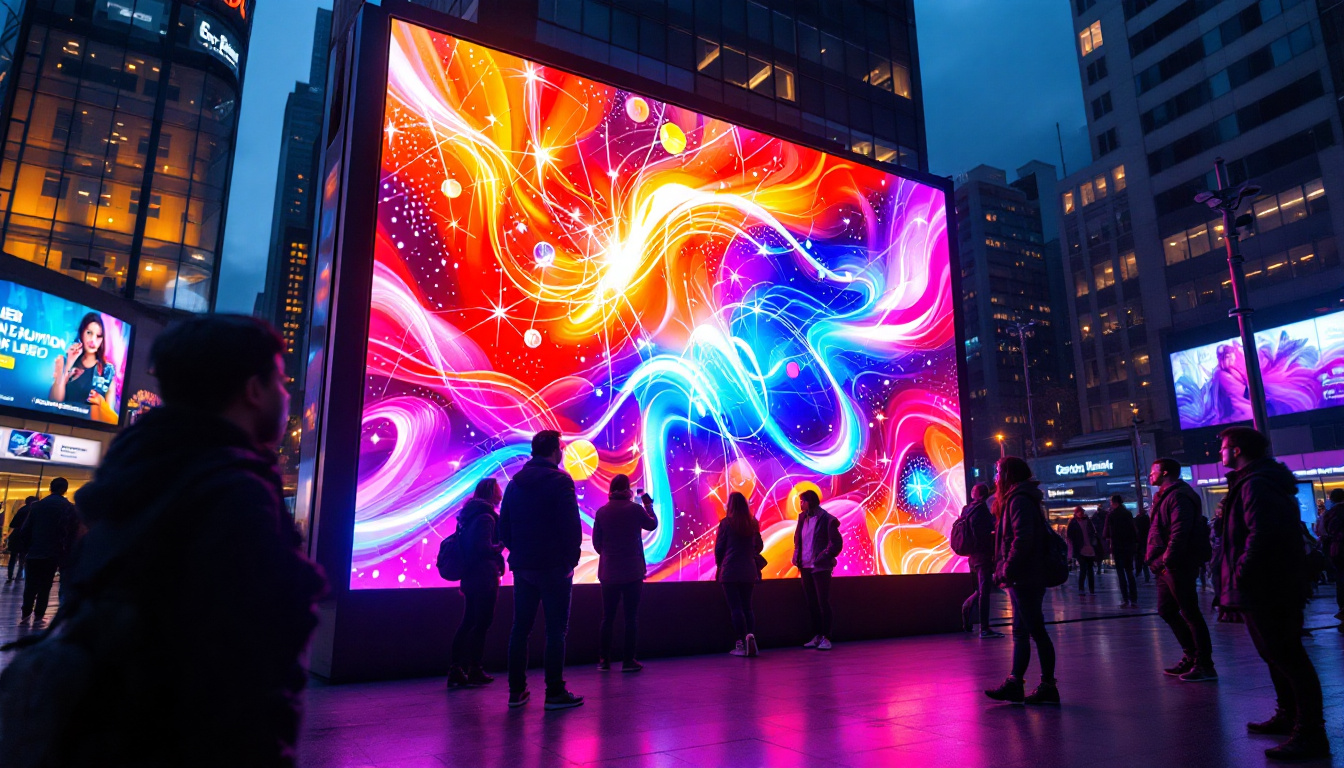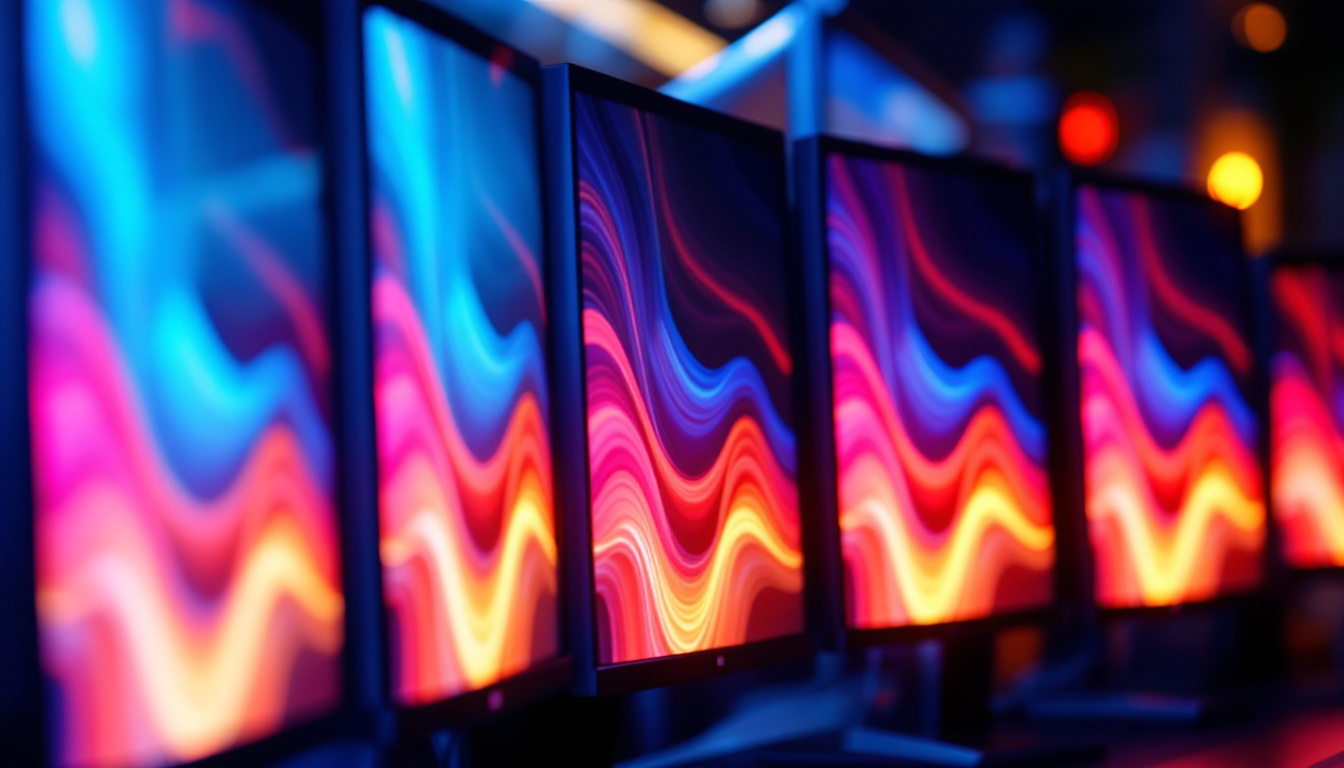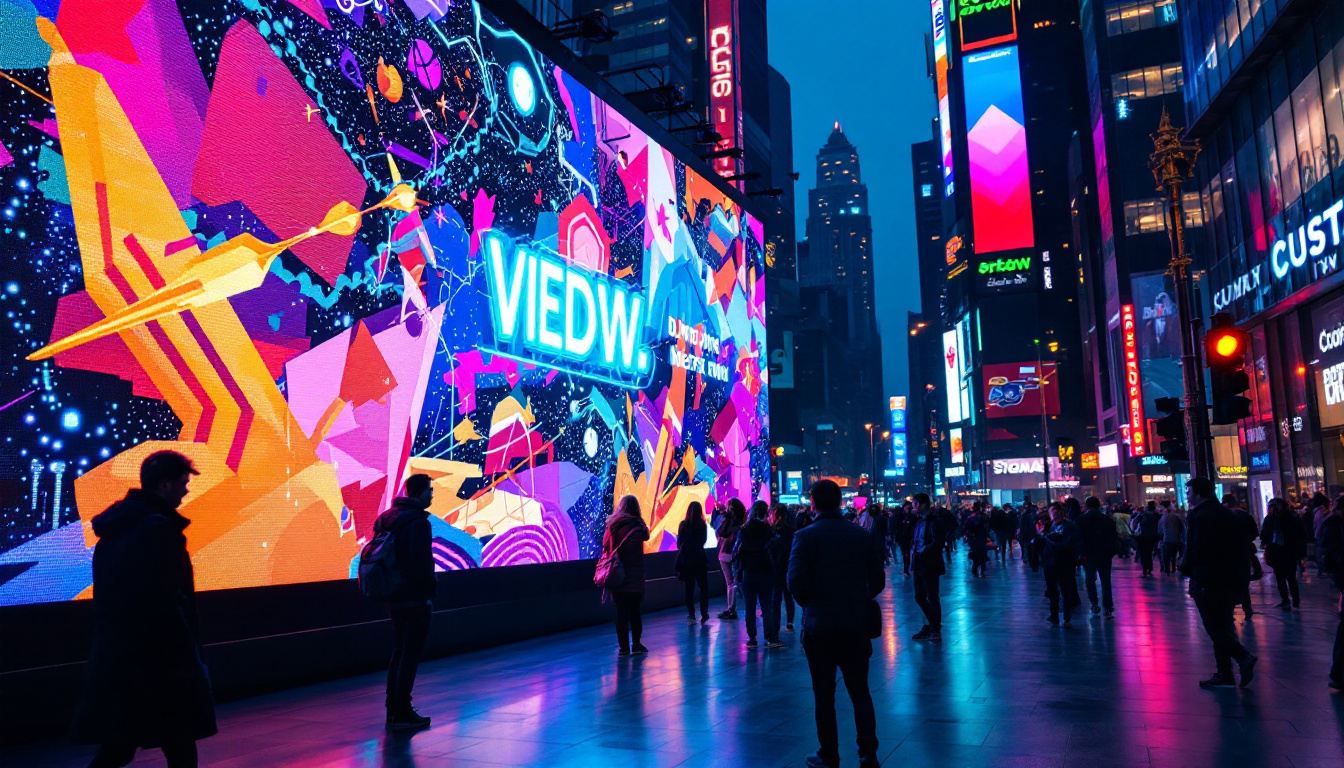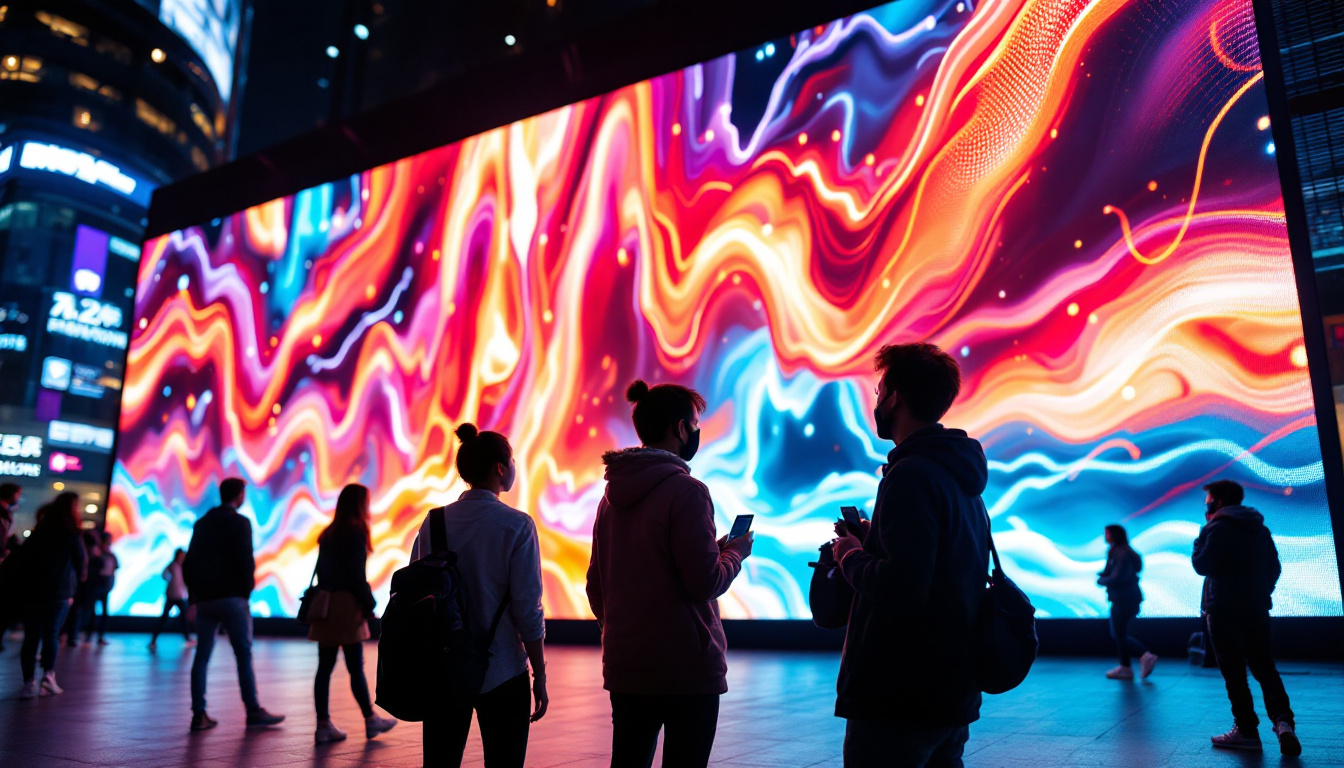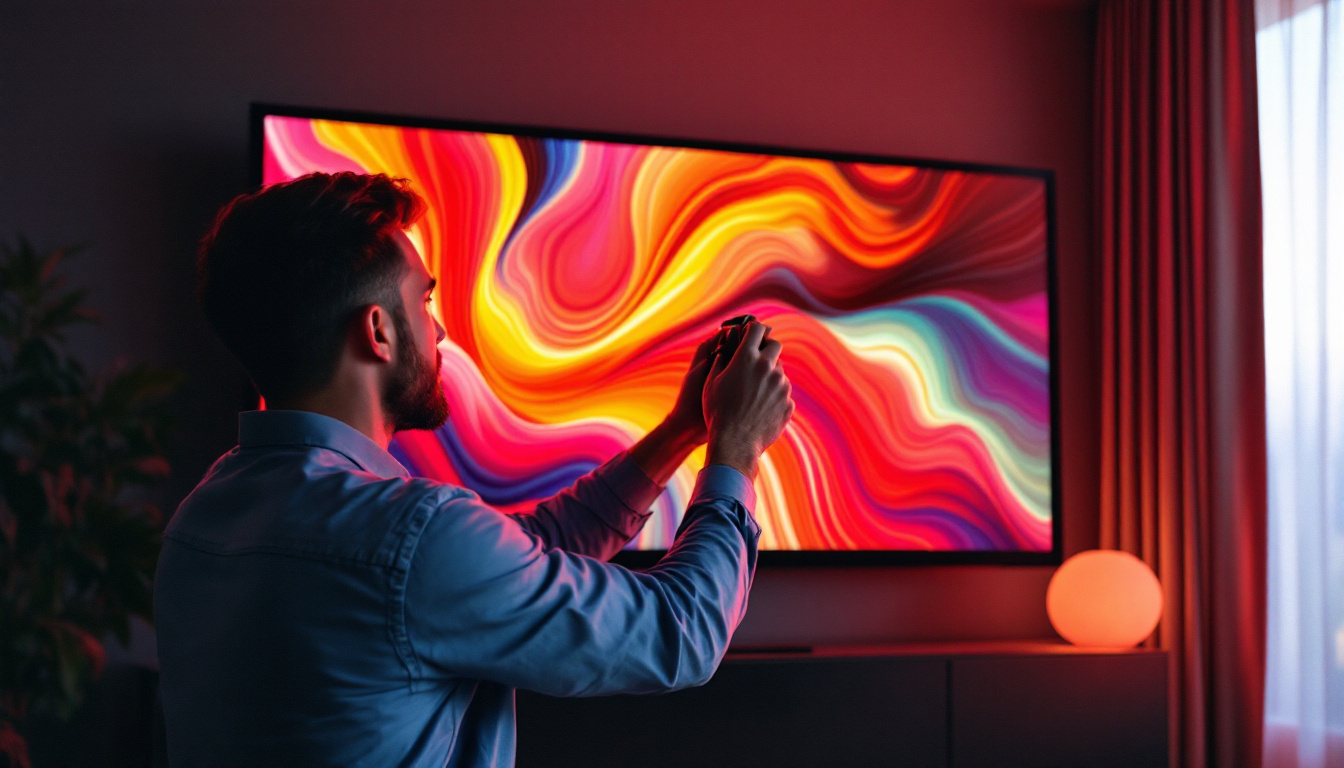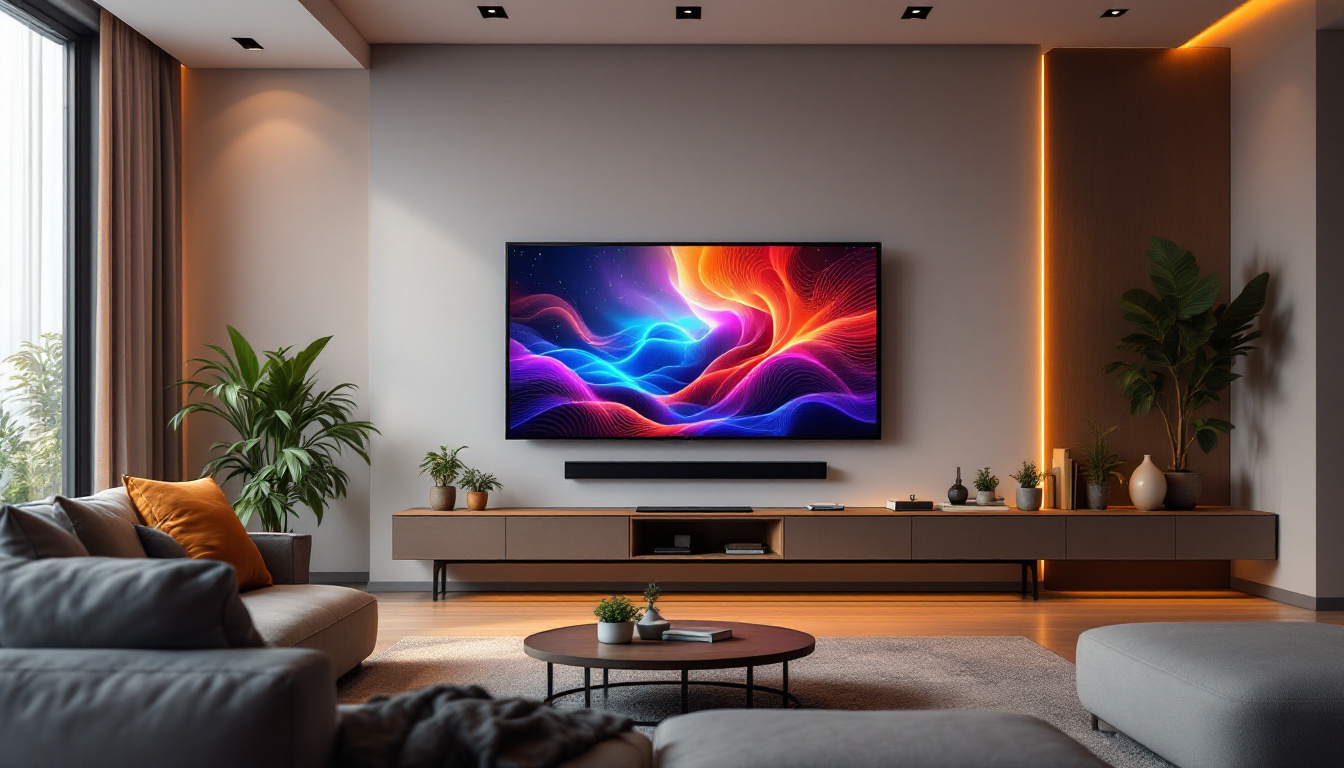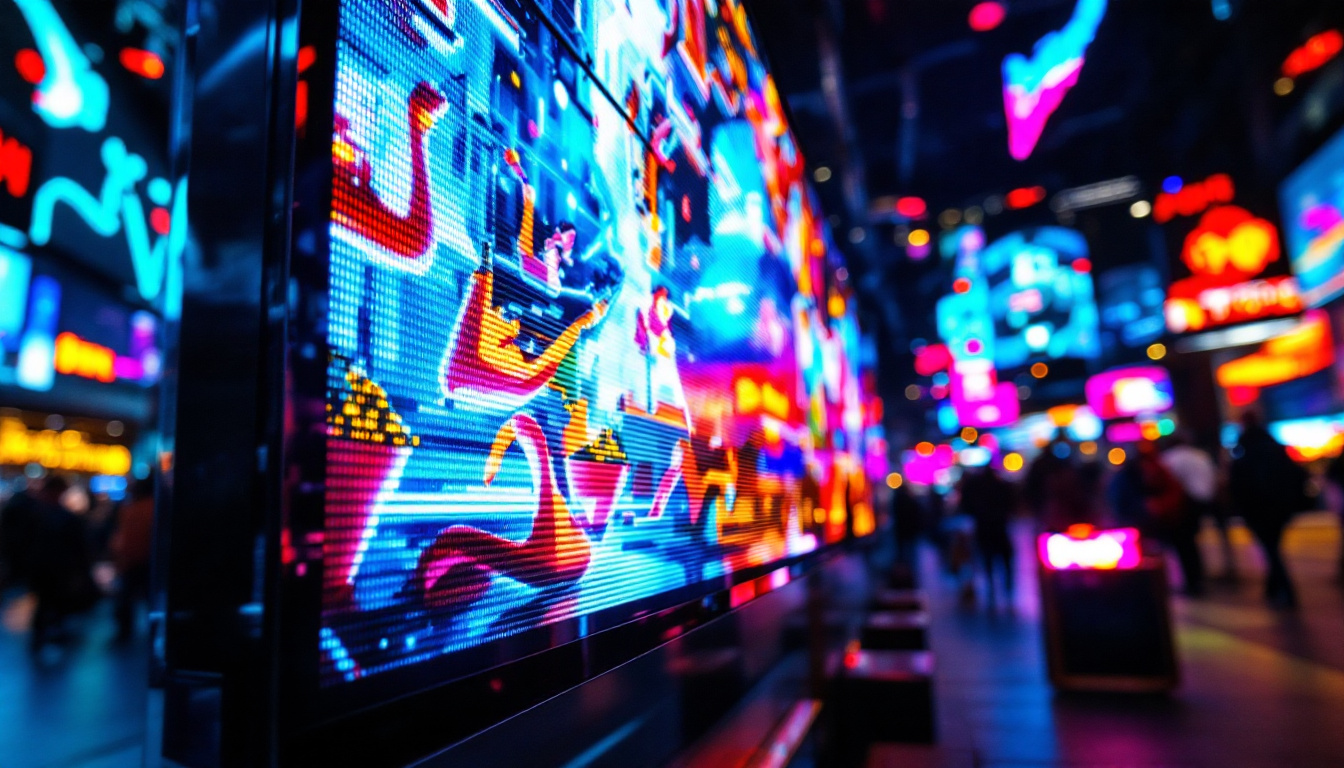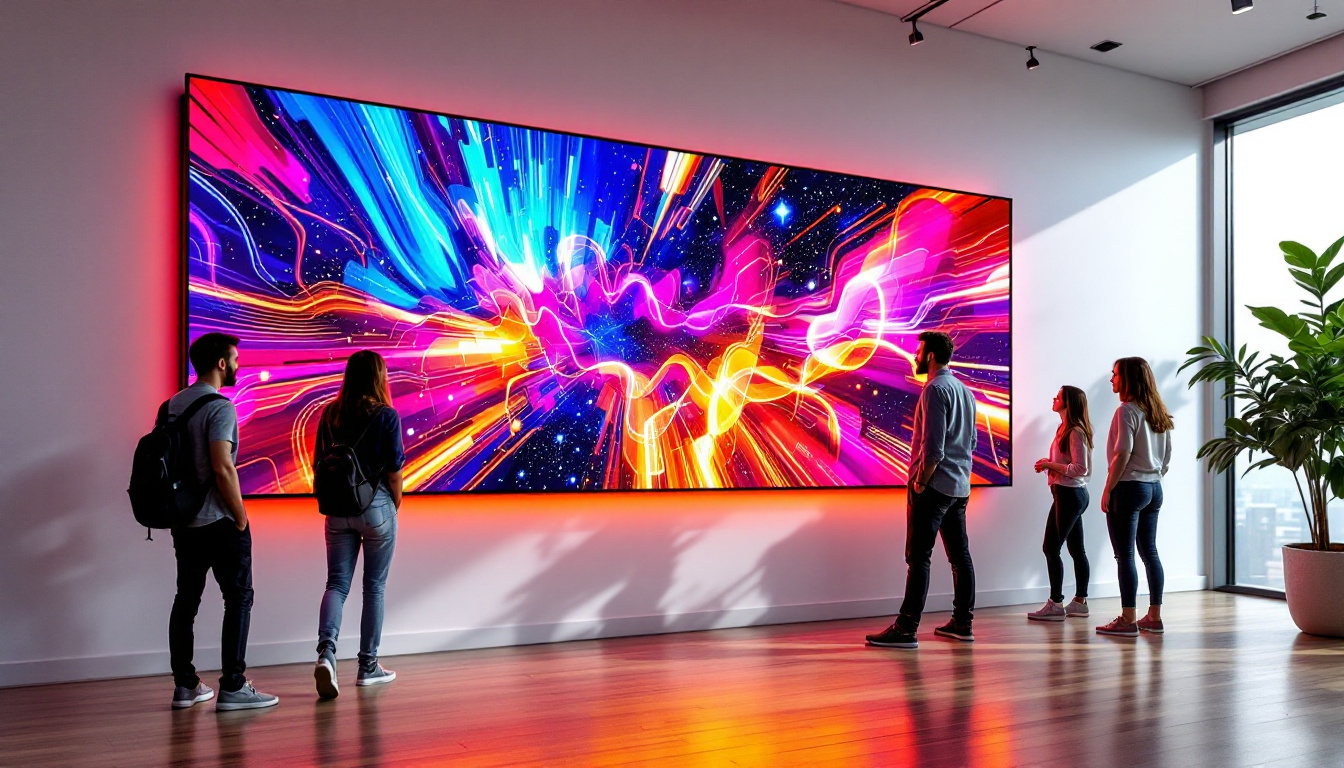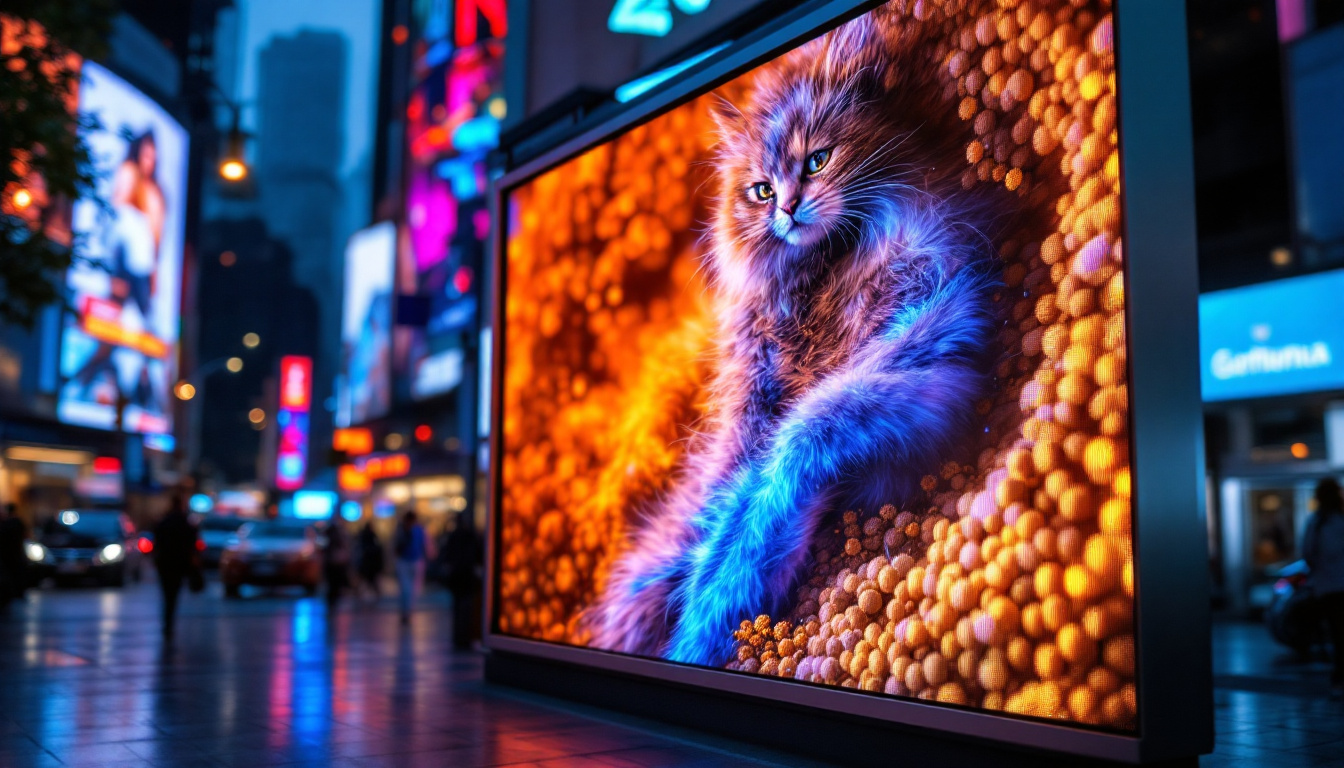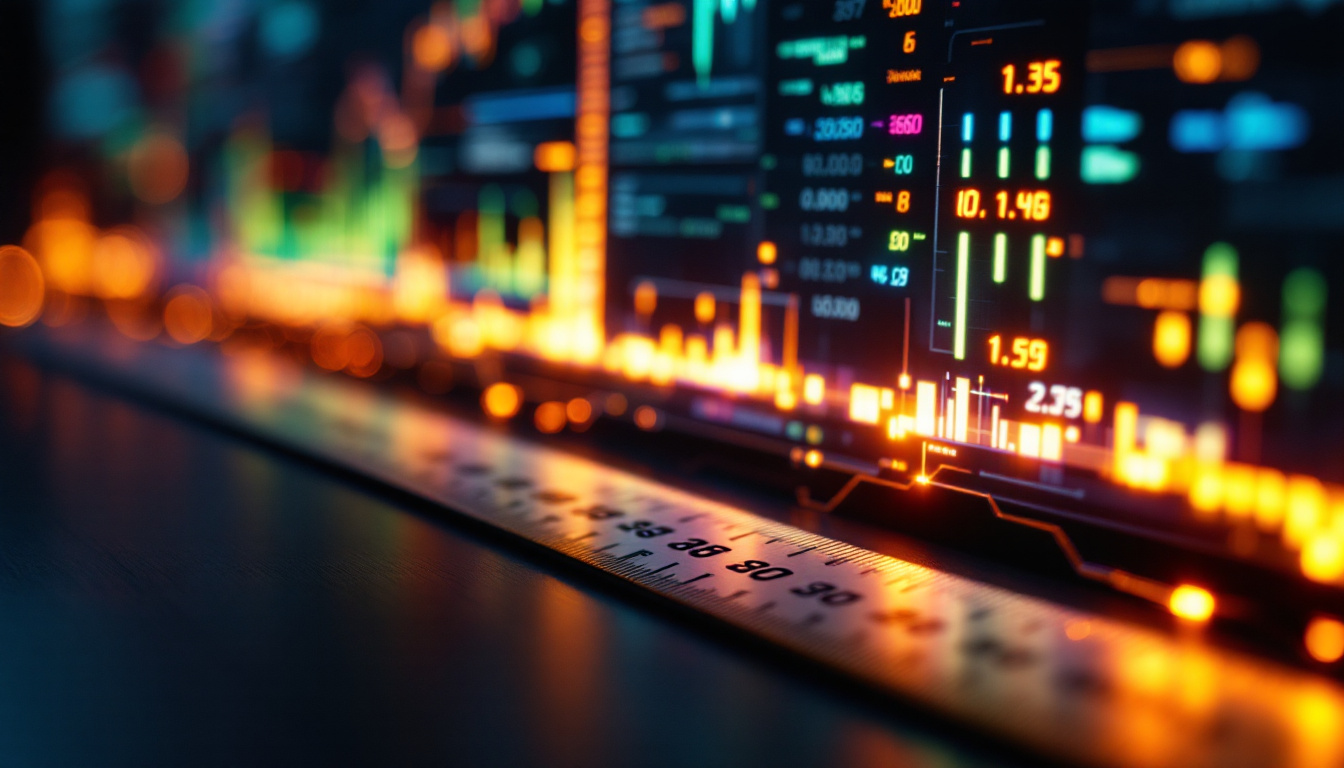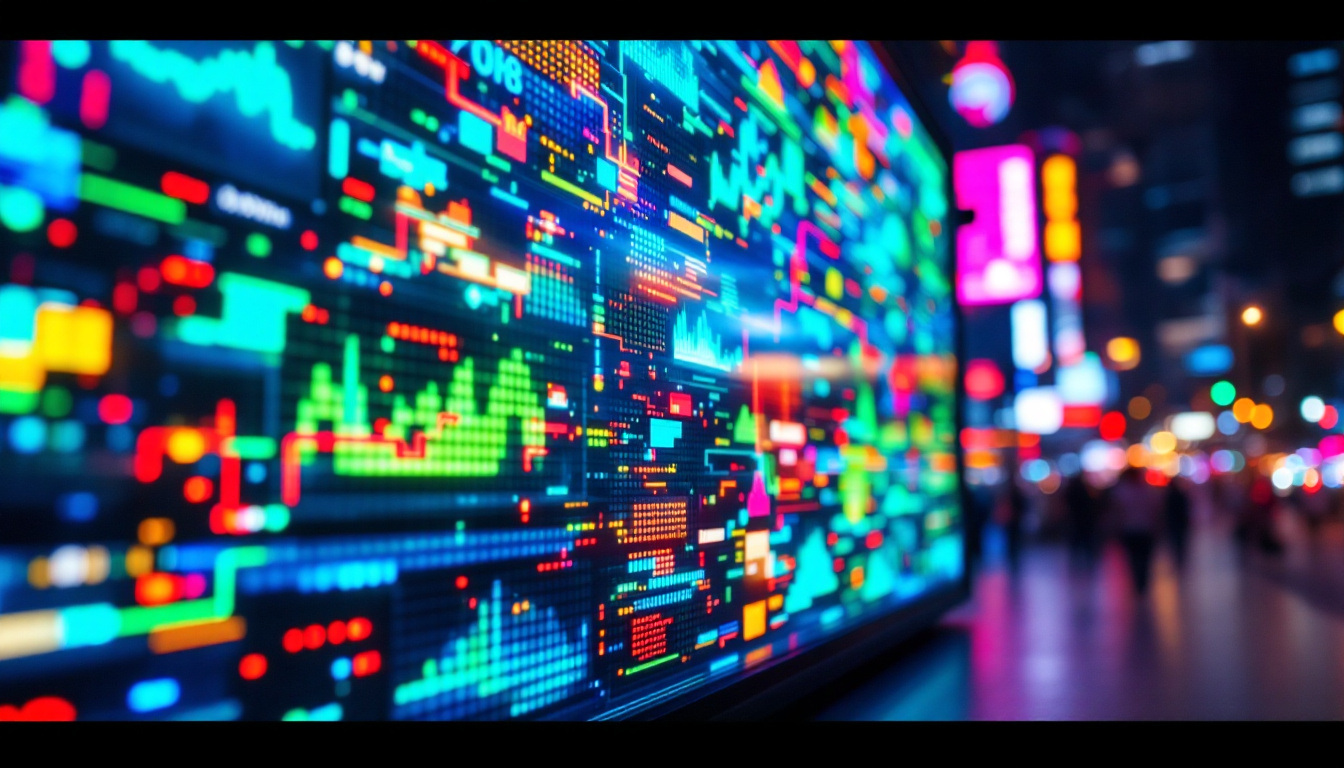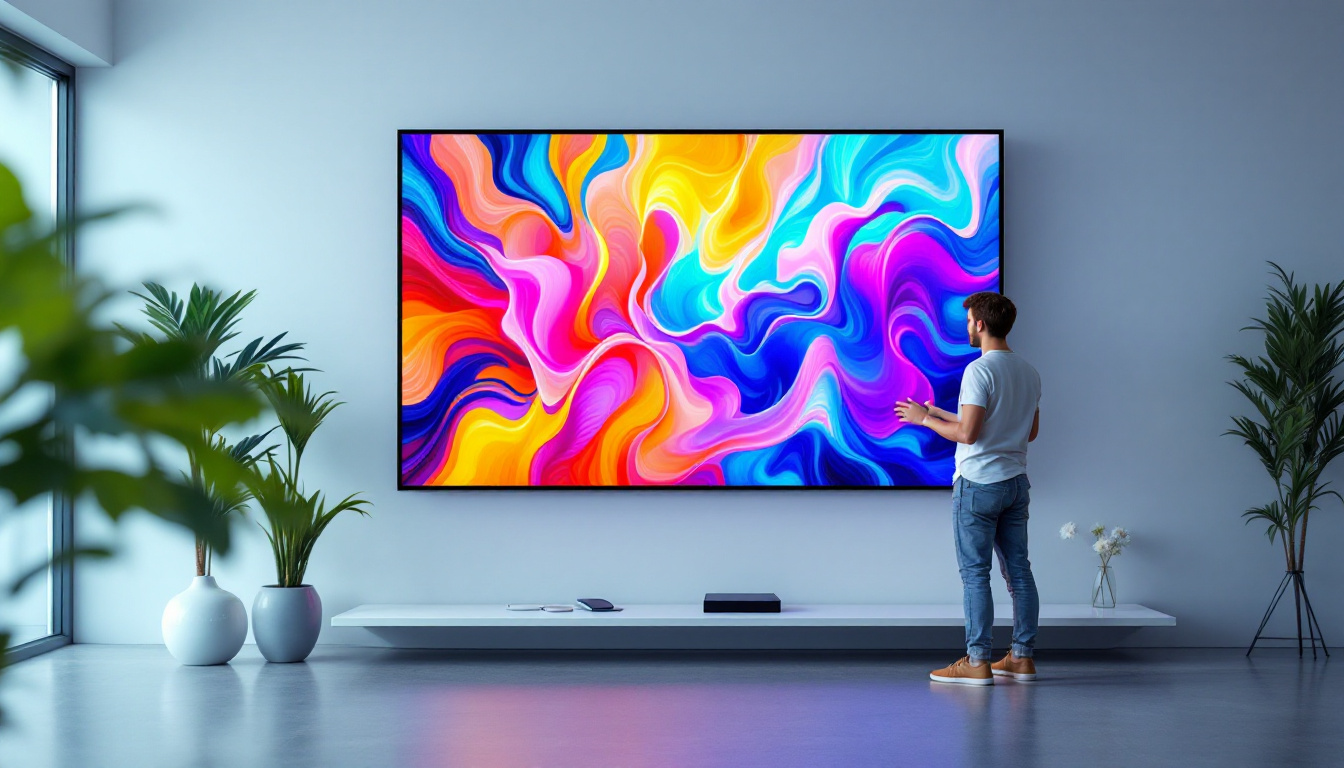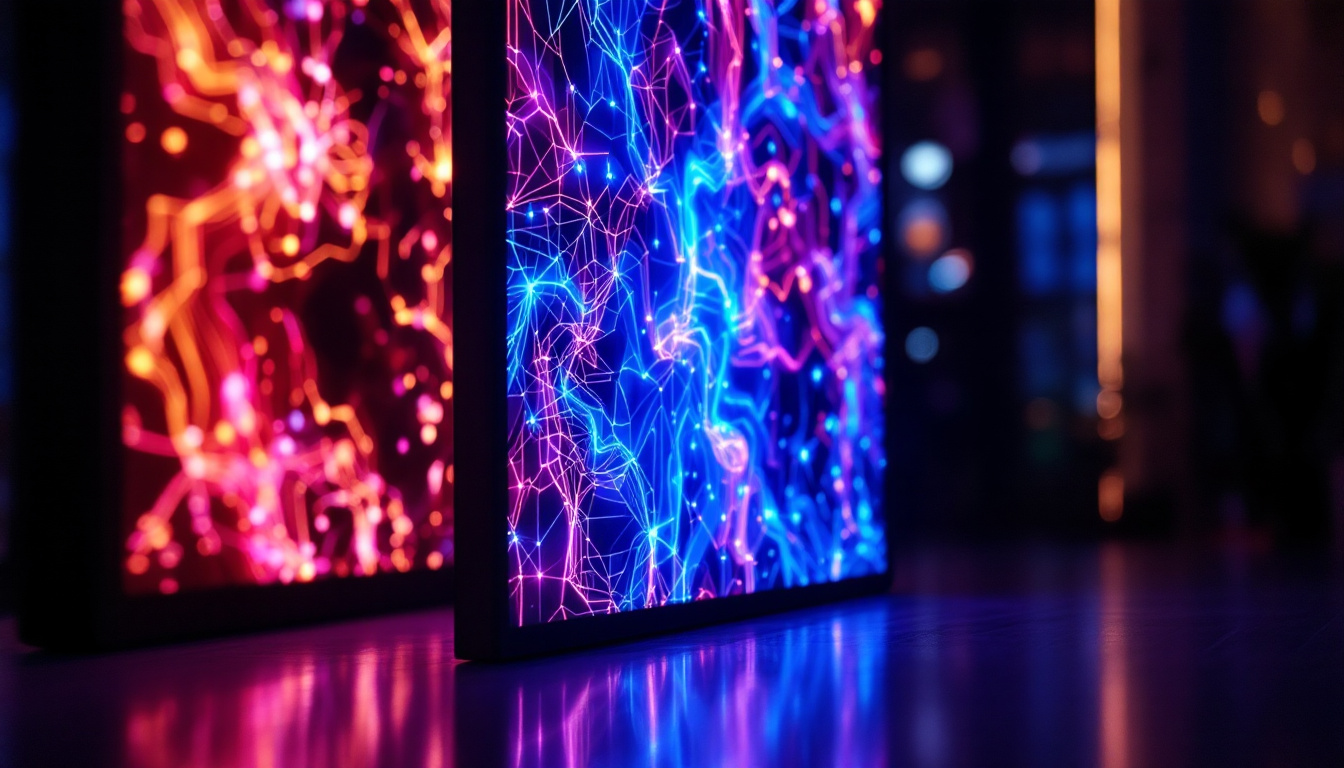In the ever-evolving landscape of marketing and advertising, the importance of effective displays cannot be overstated. Among various options available, LED displays have emerged as a powerful tool for businesses to capture attention, convey messages, and enhance brand visibility. This article delves into the intricacies of LED displays, exploring their technology, advantages, applications, and future trends.
Understanding LED Technology
LED, or Light Emitting Diode, is a semiconductor device that emits light when an electric current passes through it. This technology has revolutionized the way displays are designed and utilized across various sectors. From advertising to entertainment and even in architectural lighting, the versatility of LED technology has made it a staple in modern design.
The Basics of LED Displays
LED displays consist of an array of tiny light-emitting diodes arranged in a grid format. These diodes can produce a wide range of colors by combining red, green, and blue (RGB) lights. The ability to control each diode individually allows for high-resolution images and videos, making LED displays ideal for dynamic content. This granularity in control not only enhances visual fidelity but also enables creative applications such as animations and interactive displays that can engage viewers in unique ways.
Unlike traditional display technologies, such as LCD or projection systems, LED displays offer superior brightness and contrast ratios. This makes them easily viewable in various lighting conditions, whether indoors or outdoors. Furthermore, LED technology is energy-efficient, consuming less power while delivering vibrant visuals. The longevity of LED lights, often lasting tens of thousands of hours, also reduces maintenance costs and the frequency of replacements, making them a cost-effective choice in the long run.
Types of LED Displays
There are several types of LED displays, each designed for specific applications. The most common types include:
- Indoor LED Displays: These are typically used in environments where the viewing distance is shorter, such as shopping malls, airports, and conference rooms. They offer high resolution and are designed to provide excellent image quality in well-lit conditions. The flexibility in size and shape allows for creative installations, from large video walls to smaller screens integrated into furniture.
- Outdoor LED Displays: Built to withstand harsh weather conditions, outdoor LED displays are larger and brighter than their indoor counterparts. They are commonly used for billboards, stadiums, and public transportation stations. Many outdoor displays are equipped with advanced features such as automatic brightness adjustment, ensuring optimal visibility regardless of the time of day or weather conditions.
- Transparent LED Displays: This innovative type of display allows for visibility through the screen, making it ideal for retail environments where product visibility is essential. These displays can be integrated into windows or glass panels. Their unique design not only enhances the aesthetic appeal of storefronts but also provides an engaging way to showcase promotions and advertisements without obstructing the view of the merchandise behind them.
Additionally, there are specialized LED displays such as flexible LED screens, which can be bent and shaped to fit unconventional spaces, and interactive LED displays that respond to touch or motion, creating immersive experiences. As technology continues to evolve, the applications for LED displays are expanding, paving the way for more innovative uses in various industries, including education, healthcare, and public art installations.
Advantages of LED Displays
LED displays offer numerous advantages that make them a preferred choice for businesses looking to enhance their marketing efforts. Understanding these benefits can help organizations make informed decisions about their advertising strategies.
High Visibility and Impact
One of the standout features of LED displays is their brightness. Capable of producing vivid colors and sharp images, these displays are designed to attract attention even from a distance. This high visibility is crucial in crowded environments where competition for consumer attention is fierce.
Moreover, the ability to display dynamic content, such as videos and animations, creates a more engaging experience for viewers. This interactivity can significantly increase the likelihood of capturing potential customers’ interest and driving foot traffic to physical locations. In addition, the versatility of LED displays allows businesses to tailor their messages to specific audiences or events, ensuring that their advertising is relevant and timely. For instance, a retail store can promote seasonal sales or special promotions in real-time, adapting their content to maximize engagement.
Cost-Effectiveness and Longevity
While the initial investment in LED technology may be higher than traditional display options, the long-term savings are substantial. LED displays have a longer lifespan, often exceeding 100,000 hours, which translates to years of reliable service without the need for frequent replacements.
Additionally, LED technology is energy-efficient, resulting in lower electricity bills. Businesses can save significantly on operational costs, making LED displays a financially sound investment in the long run. Beyond just energy savings, the durability of LED displays means they are less prone to damage compared to fragile LCD screens, reducing maintenance costs and downtime. This resilience is particularly beneficial for outdoor installations, where weather conditions can be unpredictable. The robust nature of LED technology ensures that businesses can maintain a consistent advertising presence without the interruptions that other display types might experience.
Applications of LED Displays
The versatility of LED displays allows them to be utilized across various industries, each benefiting from their unique features. Here are some prominent applications:
Retail Advertising
In the retail sector, LED displays serve as powerful marketing tools. They can showcase promotions, highlight new products, and create immersive shopping experiences. Retailers often use these displays in storefronts to attract passersby, effectively turning a window into a dynamic advertisement.
Furthermore, interactive LED displays can enhance customer engagement by allowing shoppers to browse products or access additional information through touch or motion sensors. This level of interactivity can significantly improve the shopping experience, leading to increased sales.
Event and Entertainment Venues
LED displays are ubiquitous in event venues, including concerts, sports arenas, and theaters. They are used to convey information, enhance performances, and create visually stunning backdrops. The ability to display real-time updates, such as scores or social media feeds, adds an interactive element that keeps audiences engaged.
In addition, LED screens can be configured in various shapes and sizes, allowing for creative installations that enhance the overall atmosphere of an event. This flexibility makes them a favorite among event planners and venue operators.
Transportation Hubs
Airports, train stations, and bus terminals utilize LED displays for essential communication. These displays provide real-time information about arrivals, departures, and delays, ensuring that travelers are well-informed. The clarity and brightness of LED technology make it easy for passengers to read information from a distance, even in busy environments.
Moreover, advertising opportunities within transportation hubs are abundant. LED displays can be strategically placed to capture the attention of travelers, providing brands with a unique platform to reach a captive audience.
Future Trends in LED Display Technology
The LED display industry is continuously evolving, with new technologies and trends emerging regularly. Staying abreast of these developments is essential for businesses looking to leverage the latest advancements.
Advancements in Resolution
As consumer expectations for image quality rise, manufacturers are focusing on enhancing the resolution of LED displays. The introduction of microLED and miniLED technologies promises to deliver even finer pixel densities, resulting in stunning visuals that are indistinguishable from reality.
This trend towards higher resolution will enable businesses to create more immersive experiences, whether through advertising, entertainment, or informational displays. As technology progresses, the potential for hyper-realistic images will become a reality.
Integration with Smart Technologies
The integration of LED displays with smart technologies is another trend gaining momentum. Smart displays equipped with sensors and connectivity features can adapt content based on audience behavior, environmental conditions, or time of day.
This level of personalization not only enhances user experience but also allows businesses to optimize their advertising strategies. For instance, a retail store could display tailored promotions based on the demographics of the shoppers in front of the screen, maximizing the impact of their marketing efforts.
Challenges and Considerations
While LED displays offer numerous benefits, there are challenges and considerations that businesses must address when implementing this technology.
Initial Investment Costs
The upfront costs of purchasing and installing LED displays can be significant. Businesses must carefully evaluate their budget and consider the long-term return on investment. It is essential to conduct a thorough cost-benefit analysis to ensure that the benefits outweigh the initial expenditure.
Additionally, businesses should explore financing options or leasing agreements that can help mitigate the financial burden of acquiring LED technology.
Maintenance and Technical Support
Maintaining LED displays requires a certain level of technical expertise. Regular maintenance is crucial to ensure optimal performance and longevity. Businesses should consider partnering with reputable service providers who can offer ongoing support and maintenance services.
Furthermore, training staff on how to operate and troubleshoot LED displays can help prevent downtime and ensure that the technology is used effectively.
Conclusion
LED displays have transformed the landscape of marketing and advertising, offering businesses a powerful tool to engage audiences and enhance brand visibility. With their high visibility, cost-effectiveness, and versatility, LED displays are becoming increasingly popular across various industries.
As technology continues to advance, the future of LED displays looks promising, with innovations in resolution and smart technology integration paving the way for even more engaging experiences. By understanding the advantages, applications, and potential challenges associated with LED displays, businesses can make informed decisions that drive their marketing strategies forward.
In a world where capturing consumer attention is paramount, investing in LED display technology may very well be the key to standing out in a crowded marketplace.
Discover LumenMatrix’s Innovative LED Solutions
Ready to elevate your marketing with high-impact visual displays? LumenMatrix is at the forefront of LED display technology, offering a diverse range of solutions tailored to your unique needs. From immersive Indoor and Outdoor LED Wall Displays to dynamic Vehicle and Sports LED Displays, our products are designed to captivate your audience and amplify your message. Experience the future of visual communication with our Custom, All-in-One, and Transparent LED Displays. Check out LumenMatrix LED Display Solutions today and transform the way you connect with your audience.


